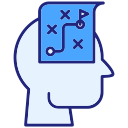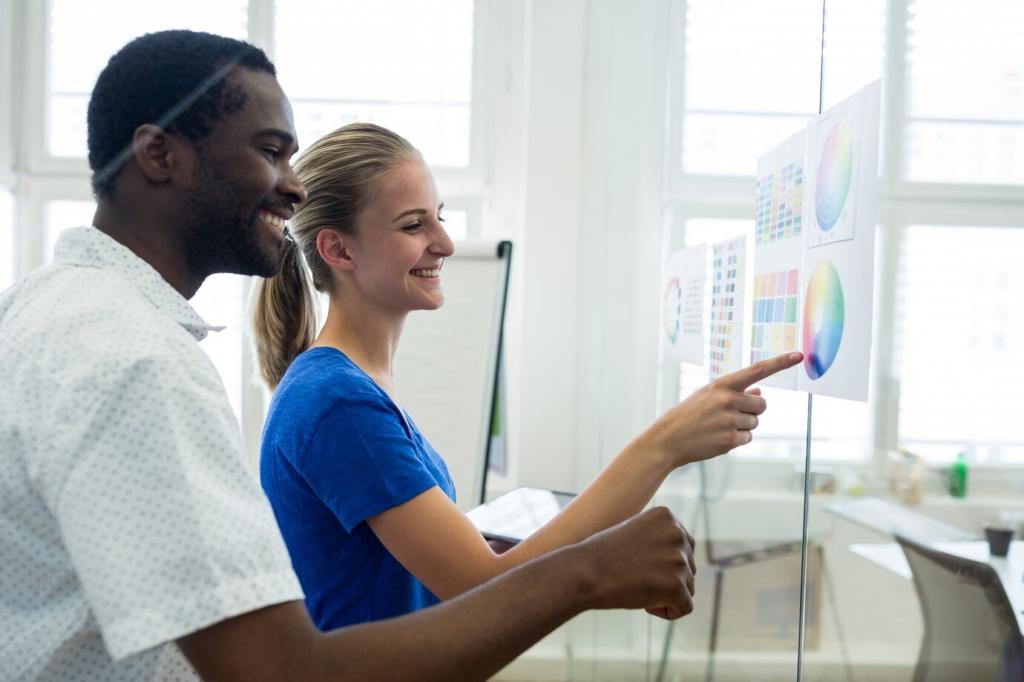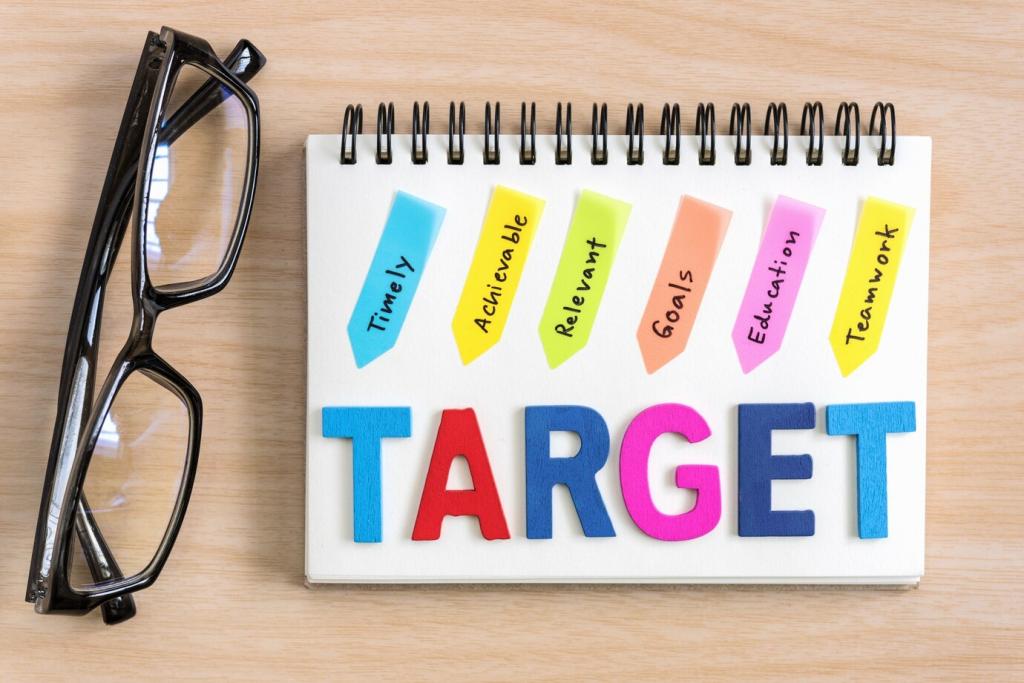Stories from High-Stakes Professions
A commercial pilot described a near-miss during chronic short sleep, followed by a transformation after prioritizing nine consistent nights of recovery. Checklist recall became automatic, and simulator errors dropped sharply. The lesson was simple: safety scales with sleep. What safeguards could your field borrow from aviation’s disciplined routines?
Stories from High-Stakes Professions
A developer chased a production bug for hours, then slept. At sunrise, a subtle race condition pattern felt obvious, as if highlighted. REM-fueled association helped connect scattered logs into a coherent explanation. Have you experienced an overnight leap in clarity? Share your debugging or design epiphany with the community.








